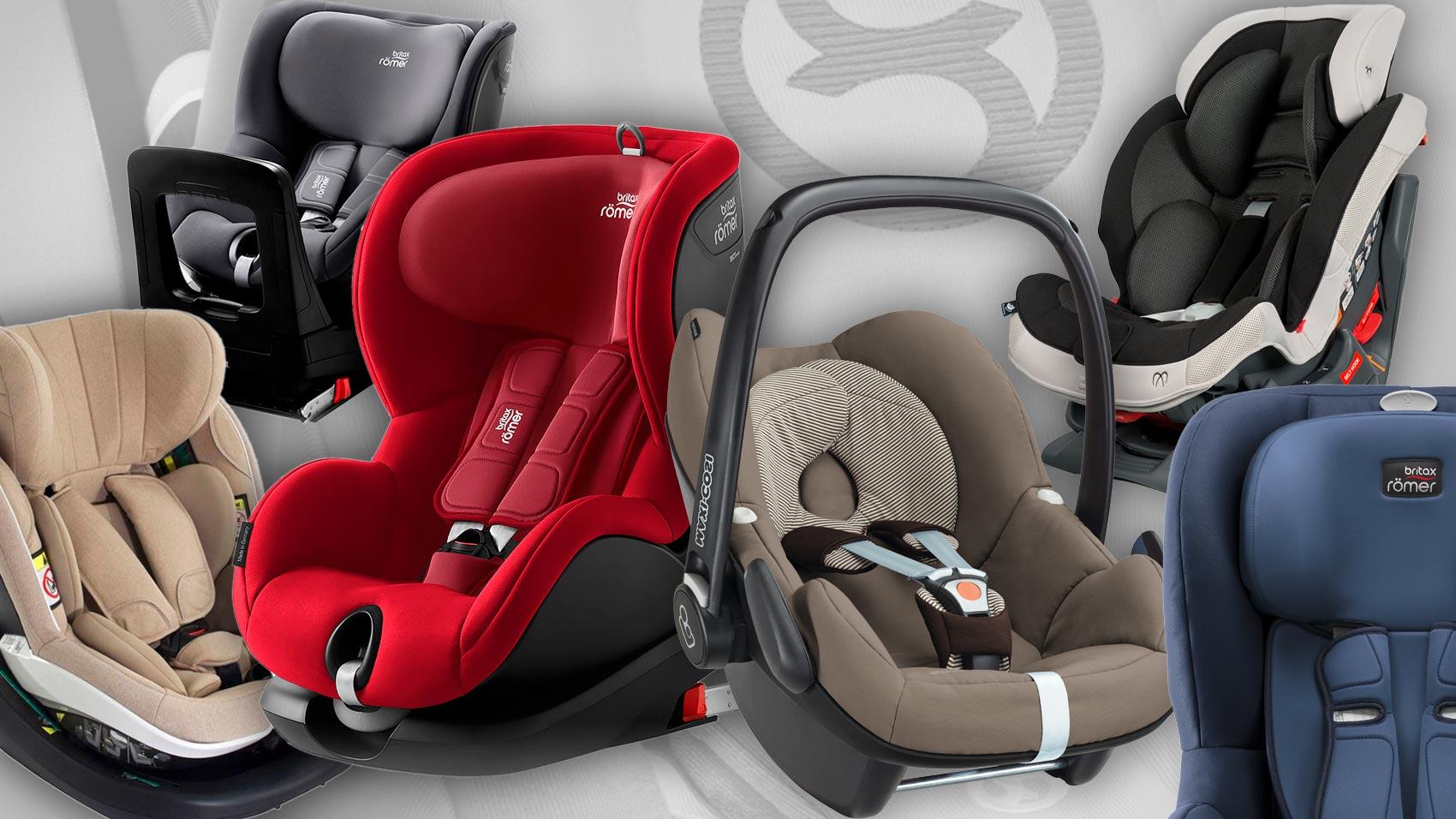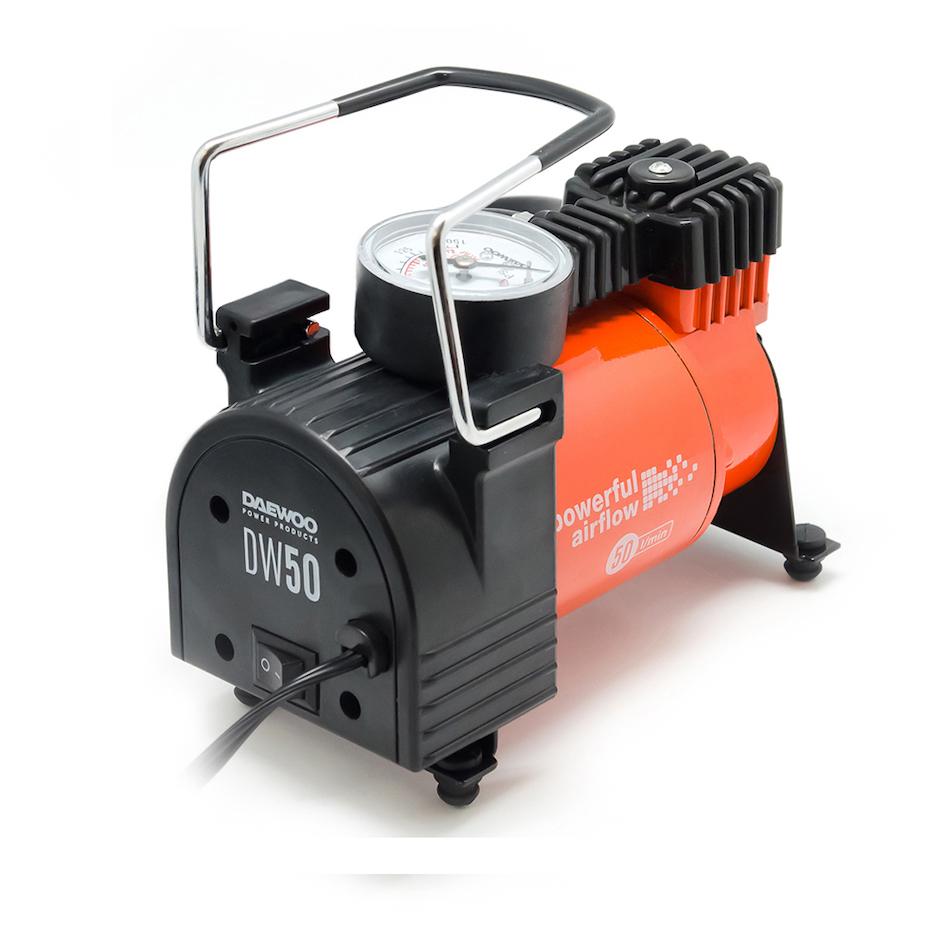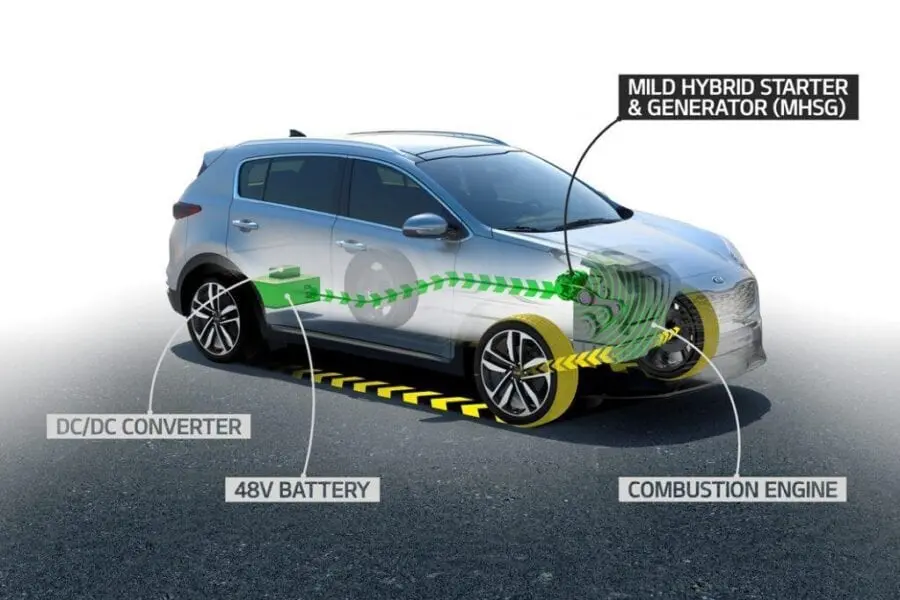
Child seat
Regulations require that children under 12 years of age less than 150 cm tall be transported in special, approved child seats.
In order to avoid arbitrariness in the field of safety systems for transported children, appropriate rules for coordinating seats and other devices have been developed. Devices approved after 1992 provide a higher level of security than those approved before.
ESE standard 44
It is safer to use ECE 44 approved devices. Certified devices are marked with an orange E symbol, the symbol of the country in which the device was approved and the year of approval.
Five categories
In accordance with international legal norms, children's means of protection against the consequences of a collision are divided into five categories ranging from 0 to 36 kg of body weight. The seats in these groups differ significantly in size, design and function due to differences in the anatomy of the child.
Children weighing up to 10 kg
Categories 0 and 0+ cover children weighing up to 10 kg. Since the baby's head is relatively large and the neck is very tender until the age of two, a forward-facing child is subject to severe damage to this part of the body. To reduce the consequences of collisions, children in this weight category are recommended to be carried rear-facing in a shell seat with independent seat belts.
From 9 to 18 kg
The other category is category 1 for children aged two to four and weighing between 9 and 18 kg. At this time, the child's pelvis is not yet fully formed, which makes the three-point seat belt not secure enough, and the child may be at risk of severe abdominal injury in a frontal collision. Therefore, for this group of children, it is recommended to use rear-facing car seats, car seats with support or car seats with independent belts.
From 15 to 25 kg
In category 2, which includes children aged 4-7 years and weighing 15 to 25 kg, it is recommended to use devices that are compatible with three-point seat belts installed in the car to ensure the correct position of the pelvis. Such a device is a raised cushion with a three-point seat belt guide. The belt should lie flat against the child's pelvis, overlapping the hips. The booster cushion with adjustable back and belt guide allows you to place the belt as close to the neck as possible without overlapping it. In this category, the use of a seat with support is also justified.
From 22 to 36 kg
Category 3 covers children over 7 years of age weighing between 22 and 36 kg. In this case, it is recommended to use a booster pad with belt guides. When using a backless pillow, the headrest in the car must be adjusted according to the height of the child. The top edge of the head restraint should be at the level of the top of the child, but not below eye level.
Technical and automotive experts
To the top of the article

